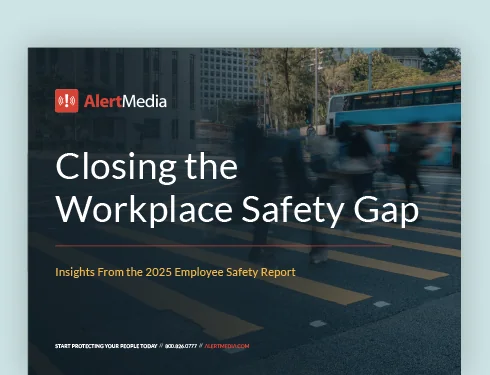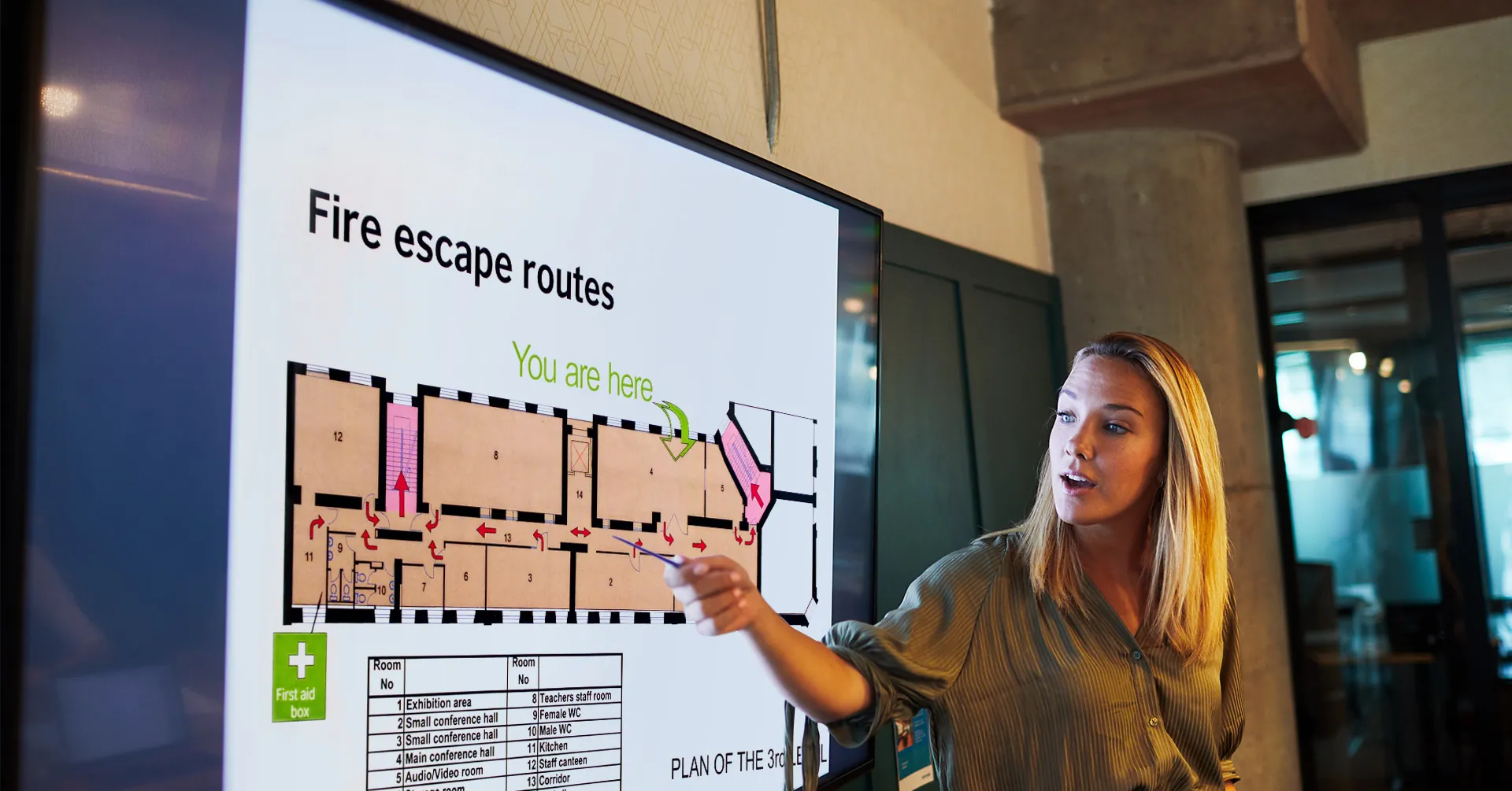
How to Scale Back Reopening When Cases Surge
Businesses must be ready to react when cases surge in their area. This article will discuss how to scale back reopening when it becomes time.

If the first stage of the pandemic was primarily proactive, we are now safely in the reactive stage.
For the first few months of the pandemic, unknowns were everywhere. We did not know how to test for the disease at scale, how it spread, or how deadly it really was. Because of all these unknowns, we made it our mission to flatten the curve—hoping to limit the initial surge and give us time to learn about the disease and prepare accordingly.
That initiative was largely successful—although not without human and economic costs. Most states were able to flatten the curve enough to avoid exceeding hospital capacity, and we learned a lot about the disease. Now we are testing almost a million Americans per day, we know how the disease spreads, and we even appear to be on the verge of major breakthroughs in our vaccine development.
Now, our mission has changed. Organizations must now be reactive to fast-changing circumstances. As states reopen, many businesses are cautiously attempting a return to something resembling “normal operations.” But a surge in cases is still a possibility—and a reality in many states right now.
Businesses must be ready to react swiftly and decisively when cases surge in their area. This article will discuss how to scale back reopening—and how to plan ahead now so that you are not caught flat-footed when it’s time to act.
Determine Stages of Reopening
The first step is to assess where your organization is now and where you hope to be. For most organizations, this is not binary. It is not just a question of “Open” or “Closed.” Instead, there are multiple stages of reopening—from completely remote to business-as-usual, with one or more intermediate stages in-between.
It is important for your organization to define what stage you are at currently, and what other stages are possible. These should include:
- Completely remote — This is likely the stage your business was at after stay-at-home orders were issued in March and April. For some businesses, this stage is simply: “Closed.”
- Intermediate stages — This likely describes where your business is now, if you have begun any type of “reopening.” Consider, though, what other intermediate stages might be possible. If you are at 50% in person, could you see your organization increasing that number to 75%? Or 100%, with restrictions? What about if you needed to scale back—could you limit in-person work to only the 5-10% with a compelling need to be in person? Ask yourself these questions and define intermediate stages accordingly.
- Back to normal — This is how your office operated before the pandemic. This means no restrictions on in-person meetings, everyone in-person who wants to be, and company-wide events like usual.
 Determining the different stages of reopening will help ground your discussion of how much to scale back, if and when the time arises. Even if you do not end up choosing one of the pre-defined stages exactly as you had defined them, the set stages will give your conversation structure and a good starting point.
Determining the different stages of reopening will help ground your discussion of how much to scale back, if and when the time arises. Even if you do not end up choosing one of the pre-defined stages exactly as you had defined them, the set stages will give your conversation structure and a good starting point.
Define Triggers for Scaling Back
Next, it is time to define the triggers for scaling back. In other words, what would need to happen for us to scale back our reopening?
These triggers can go both ways. While “negative triggers” (like rising cases) may mean you need to scale back, you should also define “positive triggers” which mean it may be safe to further reopen.
Negative triggers may include:
- Upward trajectory of cases over a 7-day period
- Upward trajectory of positive test rate over a 7-day period
- Local hospitals at or above capacity
- More than daily cases in local county
- More than hospitalizations in local county
- Positive test rate over %
Positive triggers may include:
- Downward trajectory of cases over a 14-day period
- Downward trajectory of positive test rate over a 14-day period
- No local hospitals at or above capacity within a 14-day period
- Fewer than cases in local county
- Fewer than hospitalizations in local county
- Positive test rate under %
Decide which triggers make sense for your organization and area. Your state may also have guidance in its reopening plan that helps you decide which triggers to use.
Assign these triggers to each stage change. For example, you may decide that in order to move to the next stage of reopening (say, increasing your office from 25% to 50% capacity), there needs to be 1) a downward trajectory of cases over a 14-day period AND 2) a positive test rate under 10% for seven consecutive days.
Defining negative triggers will also give you direction regarding what specific numbers to monitor—and when to pull the trigger. By setting clearly defined benchmarks, you can always see how close you are to needing to make a change. If the positive test rate is up to 8% in your county and continuing to climb, your 10% trigger is a clear signal that you need to begin preparing to scale back.
Plan Messaging for Each Transition
One important aspect of preparing to scale back is crafting messaging for each stage change. Whether you are scaling up your reopening or scaling it back, you will want to clearly communicate to your employees what you are doing and why.
This communication should be planned and delivered across multiple channels—text and email at the very least, and potentially social media or internal communications platforms like Slack as well.
Across every channel, the message should follow the same basic structure:
[what trigger necessitated the shift]
+
[what is changing]
+
[next steps]
For example, a text message might sound like this:
Because the positive test rate has exceeded 10%, we’ve decided to scale back our office capacity from 25% to 10%. Your manager will be in touch with next steps.]
An email sent at the same time should follow the same basic structure, but with more detail. Crafting these messages ahead of time will save you valuable bandwidth when it comes time to scale back reopening.
 Ideally, your emergency communication system allows you to store these messages in templates—and supports folder management so that you can keep your messaging organized. By sorting the templates into folders like “Positive Triggers” and “Negative Triggers,” you can ensure that you are able to find the right message quickly when the moment arises.
Ideally, your emergency communication system allows you to store these messages in templates—and supports folder management so that you can keep your messaging organized. By sorting the templates into folders like “Positive Triggers” and “Negative Triggers,” you can ensure that you are able to find the right message quickly when the moment arises.
Communicate Your Plan
The final step is to communicate your plan to employees. Consider what is the clearest way to present your plan. For complex plans like this, visuals are key. Use flow charts and graphics to clearly illustrate how, when, and why you will scale back or scale up your reopening. A PDF or a PowerPoint presentation is likely the best medium to use.
At the bare minimum, include these elements in the plan you present to employees:
- Stages of reopening
- Triggers you will be monitoring
- How much notice you will give before scaling up or scaling back
- Who will get priority to work in-person
- Who will get priority to work remotely
Giving employees this information will ease employee anxiety and give them clarity so that they can plan accordingly and are not caught off guard if you are forced to scale back reopening.
Now that we are in the reactive stage of the pandemic, it’s not enough for organizations to have a reopening plan. You also need a way to scale back reopening if things go south. By planning ahead—and communicating with employees every step of the way—you can prepare your business to navigate the difficult times that lie ahead.




